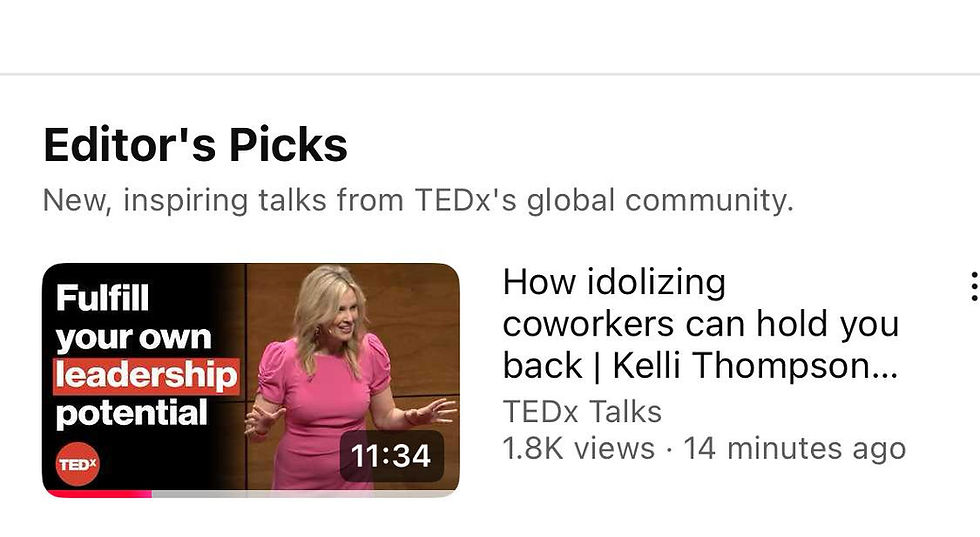How To Advocate For Yourself (in a way you won't regret)
- Kelli Thompson

- Oct 20, 2022
- 2 min read
I had an impromptu call with a client because she felt stuck. A few weeks prior, she learned that her peer would be leaving. Instead of replacing him, they offered her the ability to take over his entire organization, in addition to her own. Because she has C-level ambitions, she was excited about this opportunity and experience to build the skills necessary for her career path.
She prepared to advocate for herself with a talk with her boss about adjusting her compensation to reflect her additional work - her decision making authority and her team would double with the addition of taking on three new departments.
Unfortunately, her boss told her that her compensation wouldn't be adjusted and she'd have to take on this work for the same pay. As you can imagine, she was totally deflated.
I have seen this situation occur more than I care to admit, and according to the just released 2022 Women In The Workplace study by McKinsey and Lean In, women are leaving organizations because they are tired of doing extra work without compensation.
We talked through her options on the phone,
but what we landed on was this: The situation may not be ideal, but you always have agency on what you choose next.
She can accept the role and gain the experience and continue to advocate for a fair market compensation adjustment.
She can accept the role and gain the experience while also adding it to her resume to aid in her job search.
She can continue know her worth and make her asks.
Here’s my advocacy model framework to help you make those hard asks in the moments you need to advocate for yourself:
Authenticity: What do you know for sure about you? What unique skills and talents do you offer? W
hat are the facts?
Alignment: What do you value here? How do you want to make the other person feel? (List 3 adjectives/values).
Action: Based on what you know for sure and what you value, what is yours to say (or not say)?

While she didn't get the answer she hoped for, she realized two things:
She got clarity on values alignment - what she values vs what the organization values
Because she used the advocacy model to make her ask, she has no regrets. She spoke up for herself, in a way that honored values, and for what was hers to say.
Remember, when you speak up, you inspire others to do the same. Even when the answer is no, a “no” can give you clarity on your right next steps.
Want more tips to help you advocate and speak up with confidence? Grab a copy of my book Closing The Confidence Gap: Boost Your Peace, Your Potential & Your Paycheck HERE!




Comments